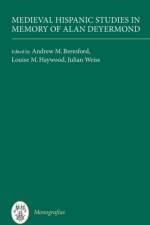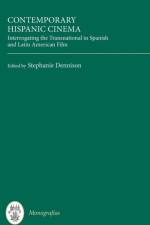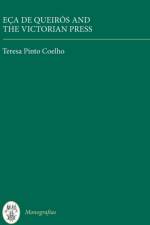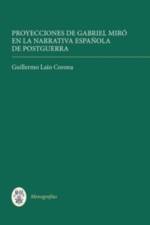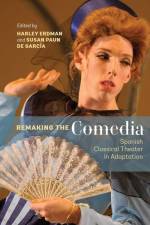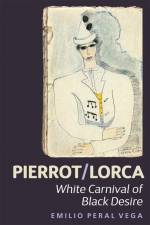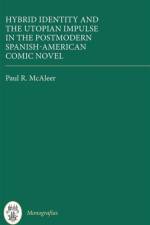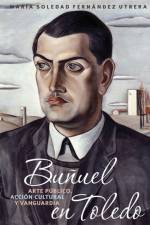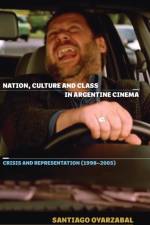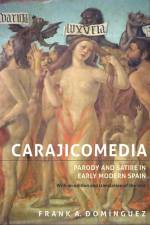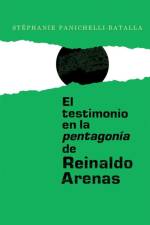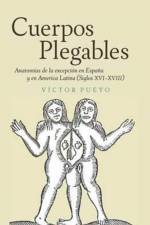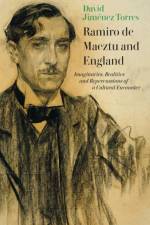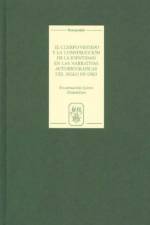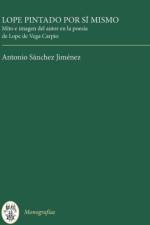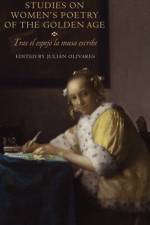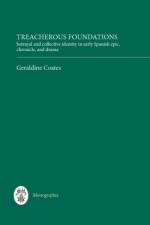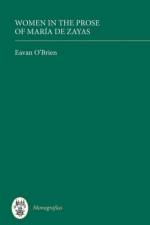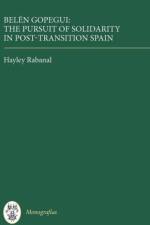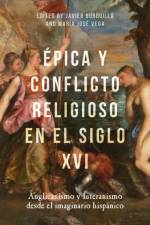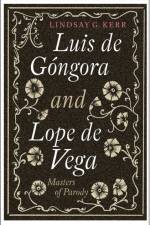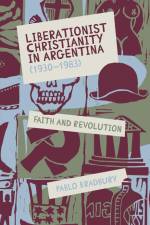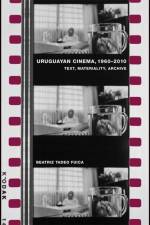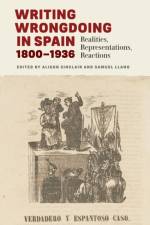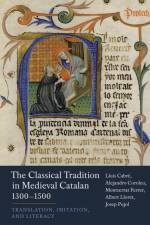av Harley Erdman
841
Leading Golden Age theatre experts examine the ways that comedias have been adapted and reinvented, offering a broad performance history of the genre for scholars and practicioners alike.This volume brings together twenty-six essays from the world's leading scholars and practitioners of Spanish Golden Age theatre. Examining the startlingly wide variety of ways that Spanish comedias have been adapted, re-envisioned, and reinvented, the book makes the case that adaptation is a crucial lens for understanding the performance history of the genre. The essays cover a wide range of topics, from the early stage history of the comedia through numerous modern and contemporary case studies, as well as the transformation of the comedia into other dramatic genres, such as films, musicals, puppetry, and opera. The essays themselves are brief and accessible to non-specialists. This book will appeal not only to Golden Age scholars and students but also to theater practitioners, as well as to anyone interested in the theory and practice of adaptation. Harley Erdman is Professor of Theaterat the University of Massachusetts, Amherst Susan Paun de Garcia is Professor of Spanish at Denison University. Contributors: Sergio Adillo Rufo, Karen Berman, Robert E. Bayliss, Laurence Boswell, Bruce R.Burningham, Amaya Curieses Irarte, Rick Davis, Harley Erdman, Susan L. Fischer, Charles Victor Ganelin, Francisco Garcia Vicente, Alejandro Gonzalez Puche, Valerie Hegstrom, Kathleen Jeffs, David Johnston, Gina Kaufmann, Catherine Larson, Donald R. Larson, Barbara Mujica, Susan Paun de Garcia, Felipe B. Pedraza Jimenez, Veronika Ryjik, Jonathan Thacker, Laura L. Vidler, Duncan Wheeler, Amy Williamsen, Jason Yancey

